Disclosure: This article contains affiliate links. We may earn a commission from purchases at no extra cost to you, which helps our travel content.
The first time I stepped into a New York City subway station 15 years ago, I nearly had a panic attack. The cacophony of announcements, the labyrinth of tunnels, the express trains whooshing past – it was overwhelming for this Canadian transplant. Fast forward to today, after countless trips to visit my culinary school friends (and scope out the competition's pastries), I navigate the NYC transit system with the confidence of a local. Whether you're heading to a hidden bakery in Queens or a historic church in the Bronx, mastering public transportation is your ticket to experiencing the real New York without blowing your student budget on rideshares. Consider this your cheat sheet from someone who's made every transit mistake so you don't have to.
The MetroCard: Your Golden Ticket to the City
Let's start with your most essential NYC tool: the MetroCard. That flimsy yellow rectangle is your passport to the entire city, and knowing how to maximize its value is critical for budget travelers.
When you first purchase a card, you'll pay a $1 fee for the card itself (annoying, I know, but unavoidable). The real decision comes next: Pay-Per-Ride or Unlimited? If you're visiting for a weekend and plan to take 12+ rides, the 7-day unlimited for $33 is your best bet. Taking the subway just twice a day puts you ahead financially.
Here's a hack that saved me during my early broke pastry apprentice days: a single fare lets you transfer between subway and bus for free within a two-hour window. This means you can hop off the subway, run into a bodega for that emergency coffee fix, then catch a bus to your final destination – all on one swipe.
Another money-saving trick: up to four people can use the same Pay-Per-Ride card for consecutive entries. So if you're traveling with friends, you don't each need your own card. Just make sure to load enough value!
If you're staying longer than a weekend, consider the OMNY contactless payment system compatibility. Just tap your phone or watch at the turnstile and go. The system automatically caps your fares at the weekly unlimited rate once you hit that threshold – perfect for longer stays without committing upfront.
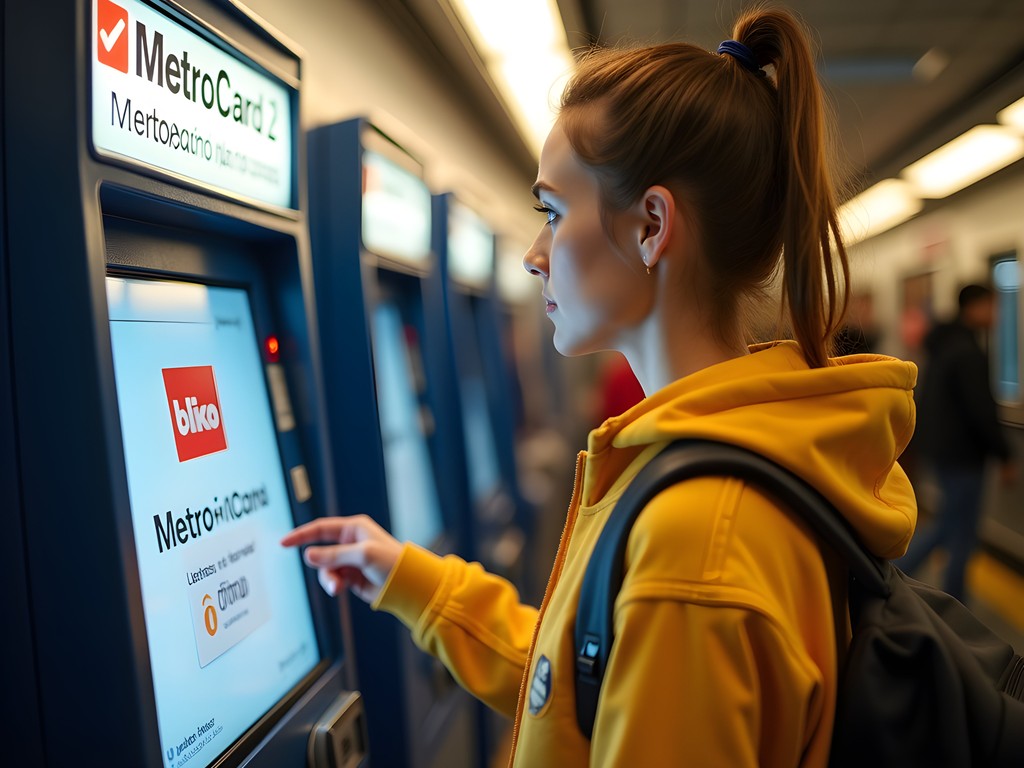
💡 Pro Tips
- Purchase MetroCards from machines to avoid long lines at booths
- Always check that your card is properly swiped – the 'Please Swipe Again' message is a NYC rite of passage
- Put at least $10 on Pay-Per-Ride cards to get the 5% bonus
Decoding the Subway Map: Colors, Numbers, and Letters
The NYC subway map looks like a bowl of colorful spaghetti at first glance, but there's a method to the madness. Trains are identified by either numbers or letters, and the colors indicate trunk lines where multiple trains run together through Manhattan.
Here's what took me years to understand: the difference between local and express trains. Local trains stop at every station along their route, while express trains skip smaller stations. This is crucial knowledge! An express train can cut your travel time in half, but if it zooms past your stop, you'll be kicking yourself.
My go-to resource for real-time subway information is the transit app which gives you up-to-the-minute details on train arrivals and service changes. Trust me, you'll want this when you're standing on a platform at 11 PM wondering why the F train hasn't arrived.
Weekends deserve special mention because they're when the MTA likes to perform track work. Always check for service changes before heading out on Saturday or Sunday. The cheerful 'planned service changes' posters (usually yellow) are plastered everywhere, but they're notoriously difficult to decipher. This is where that transit app becomes your best friend.
One quirk I've learned to love: some stations have different platforms for uptown and downtown trains, sometimes with completely separate entrances. Nothing's more frustrating than swiping your card only to realize you're on the wrong side of the tracks. Look for the small directional signs before you enter – they'll indicate uptown, downtown, Brooklyn-bound, Queens-bound, etc.
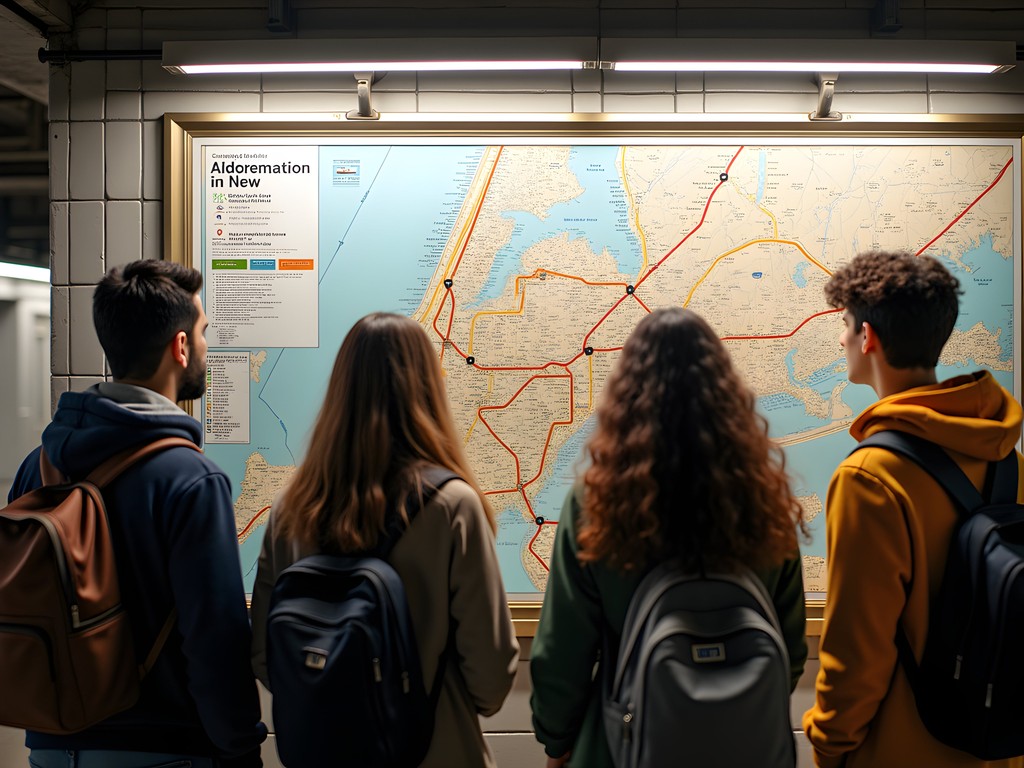
💡 Pro Tips
- Always check the direction (uptown/downtown) before entering a station
- Express trains have white circles on the map; local trains have black circles
- When in doubt about which train to take, ask a local – New Yorkers are surprisingly helpful with directions
Subway Survival Skills: Etiquette & Safety
Let me share some hard-earned wisdom about subway etiquette that will help you blend in with the locals. First, the cardinal rule: let people exit before you enter. Stand to the side of the doors, then board quickly when the way is clear. Nothing marks you as a tourist faster than blocking the doors!
During rush hour (roughly 8-9:30 AM and 5-6:30 PM), trains become sardine cans. If you can avoid traveling during these times, do. If not, remove your backpack and hold it by your feet or in front of you. Your fellow passengers will silently thank you.
Safety is a common concern for first-time visitors, but the subway system is generally safe, especially during daytime and evening hours. Still, stay aware of your surroundings and keep valuables secure. I've found a crossbody bag to be perfect for NYC – it keeps my essentials close while leaving my hands free to grab poles when the train lurches.
Speaking of lurching – always hold onto something when standing! The subway's sudden starts and stops have sent many unprepared riders tumbling into strangers' laps (yes, I learned this the embarrassing way).
One safety tip I wish someone had told me years ago: if you're traveling late at night and the platform is empty, wait in the designated waiting area (usually marked by a black and white striped sign). These areas are monitored by cameras and are often closer to the station agent's booth.
Last but not least – don't make eye contact with subway performers or anyone behaving erratically. It's the unspoken rule of the underground. And yes, you'll see some characters that would make excellent inspiration for a pastry design (speaking from experience).
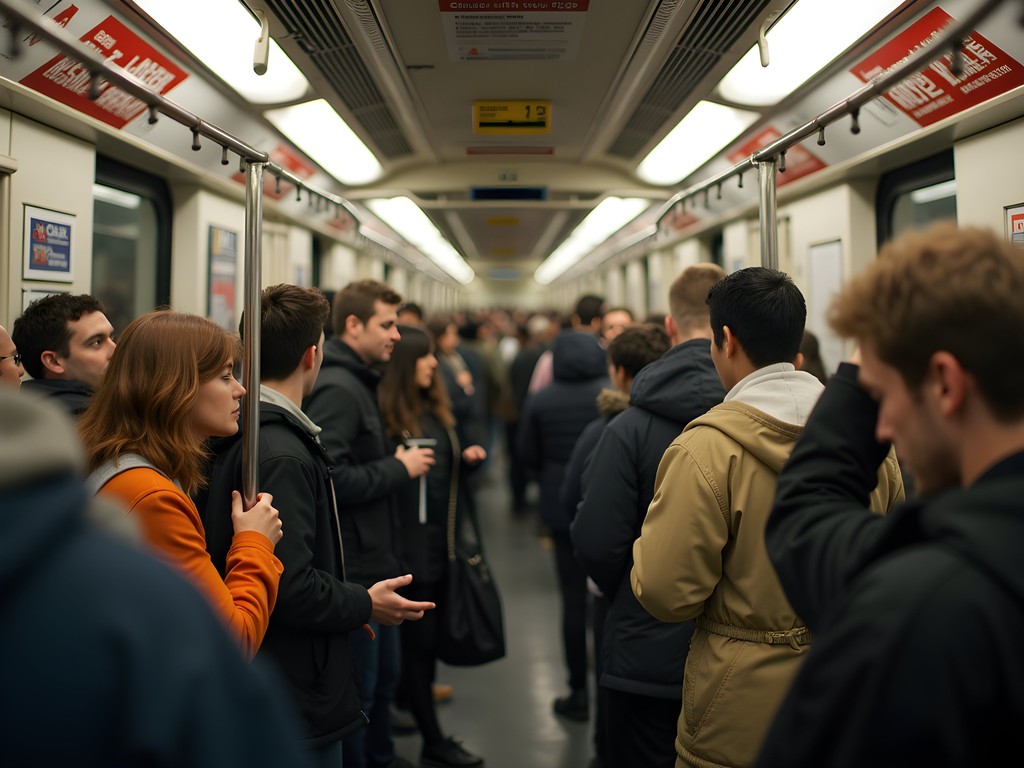
💡 Pro Tips
- Stand clear of the closing doors (you'll hear this announcement in your sleep)
- Move to the center of the car during crowded times rather than clustering by the doors
- If you're lost, ask someone with headphones who's walking purposefully – they're likely locals
Beyond the Subway: Buses, Ferries & Alternative Transit
While the subway gets all the glory, NYC's bus system deserves your attention too. Buses are perfect for crosstown travel (where subway options are limited) and offer above-ground views that might inspire your next adventure.
The bus system initially confused me more than the subway, until I discovered that bus stops display the route map and schedule. Most stops now have real-time arrival information too. The NYC transit app shows you exactly where your bus is, which has saved me from countless anxious minutes wondering if I'd missed the last bus.
Don't overlook NYC's ferry system either! For the same price as a subway ride ($2.75), you can cruise along the East River with spectacular views of the Manhattan skyline. The NYC Ferry has routes connecting Manhattan, Brooklyn, Queens, and the Bronx. I accidentally discovered this gem while searching for a historic waterfront church, and now it's my favorite way to travel when time isn't tight.
For the budget-conscious student with a bit of stamina, Citi Bike is worth considering. With stations scattered throughout Manhattan, Brooklyn, and Queens, these blue bikes offer an economical way to explore while avoiding subway delays. A day pass costs $15 and gives you unlimited 30-minute rides for 24 hours.
And here's my secret weapon for those late nights when the subway feels too daunting after a long day exploring (or sampling too many craft cocktails): the NYC late-night bus network. While subway service decreases after hours, many bus routes run 24/7. They're slower but often less intimidating for newcomers.
When I'm visiting friends in Brooklyn after my pastry demonstrations in Manhattan, I've found that combining transit modes often creates the perfect journey – perhaps a subway to a ferry, followed by a short bus ride. Don't be afraid to mix and match!
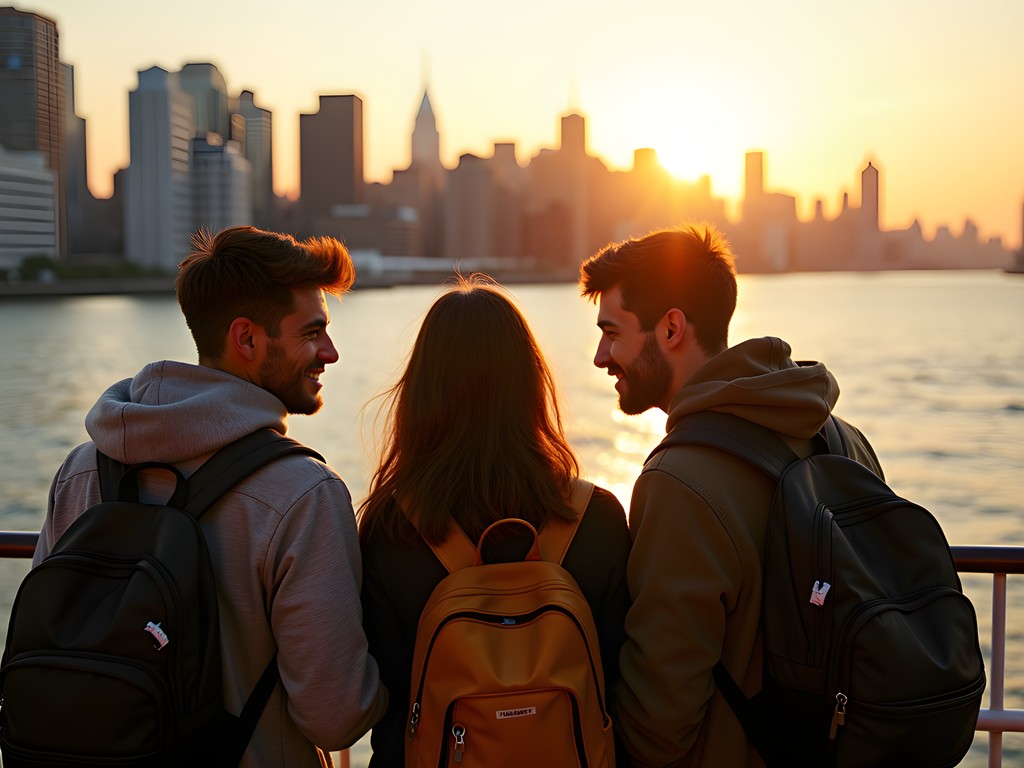
💡 Pro Tips
- Enter buses through the front door and exit through the rear
- For ferries, arrive 5-10 minutes early during peak tourist season to ensure you get a spot
- Download offline maps before your trip in case you lose service underground
Digital Tools & Apps: Your Transit Companions
In the smartphone era, navigating NYC has become infinitely easier thanks to some brilliant apps. I've tested dozens over my years of visiting, and a few stand out as essential.
Google Maps works well for basic route planning, but for subway-specific information, the official MTA app provides the most accurate service updates. During my last visit to check out a historic church-turned-bakery in Washington Heights, Google Maps didn't know about a weekend service change, but the MTA app saved me from a potential transit nightmare.
For those without unlimited data, download the offline NYC subway map before your trip. I've been caught in the underground maze without service too many times to count, and having a reference map is invaluable.
If you're staying in NYC for more than a weekend, consider downloading Citymapper. This app combines all transit options – including walking times, subway, bus, ferry, and even rideshare cost comparisons – to give you the most efficient route. It's particularly helpful for finding those obscure bus connections that might save you time.
Another lifesaver is Transit, which shows real-time arrivals for nearby transportation options. The interface is intuitive, showing approaching buses and trains with countdown timers. It's especially useful when you're trying to decide whether to wait for the next train or find an alternative route.
Don't forget to check Twitter before heading out – follow @NYCTSubway for immediate service updates. I've avoided many delays by checking their feed before leaving my hotel.
And for those late nights when public transit isn't running frequently, having the rideshare apps installed provides peace of mind. Sometimes splitting an Uber with fellow students is actually more economical than individual subway fares, especially if you're traveling in a group of 3-4 people to the same destination.

💡 Pro Tips
- Download transit apps before arriving in NYC to avoid using data for large downloads
- Set your most common destinations as 'favorites' in your transit apps for quick access
- Enable notifications for service disruptions on your regular routes
Budget-Friendly Transit Hacks for Students
As someone who spent years pinching pennies while perfecting my pastry skills, I've accumulated quite a collection of money-saving transit tricks that are perfect for students.
First, investigate whether your university has any transit partnerships with NYC. Some schools offer discounted MetroCards or have arrangements with specific transportation providers. It never hurts to ask your student services office.
If you're planning to visit multiple NYC attractions, consider whether a tourist pass like the New York Pass includes transit options. Sometimes the combination of attraction entries and transportation makes these worthwhile, even for the transit-savvy traveler.
For groups of students traveling together, compare the cost of individual MetroCards versus splitting rideshares for longer journeys. During off-peak hours, an Uber or Lyft divided four ways might actually be cheaper than subway fares – plus it saves time.
Don't overlook the health and financial benefits of walking. Manhattan's grid system makes it incredibly walkable, and distances can be deceptive on the subway map. Sometimes locations that require a transfer between trains are actually just a pleasant 10-minute walk apart. I discovered some of my favorite bakeries and historic churches by choosing to walk between destinations.
If you're staying for an extended period, look into comfortable walking shoes as they'll quickly pay for themselves in saved transit fares. My trusty Brooks have carried me across every borough and never left me with the blisters that cheaper shoes inevitably cause.
Finally, consider timing your visit to coincide with one of the rare occasions when the MTA offers free rides. On major holidays or during special events, certain routes or times may offer complimentary service. It's not common, but worth researching if your travel dates are flexible.
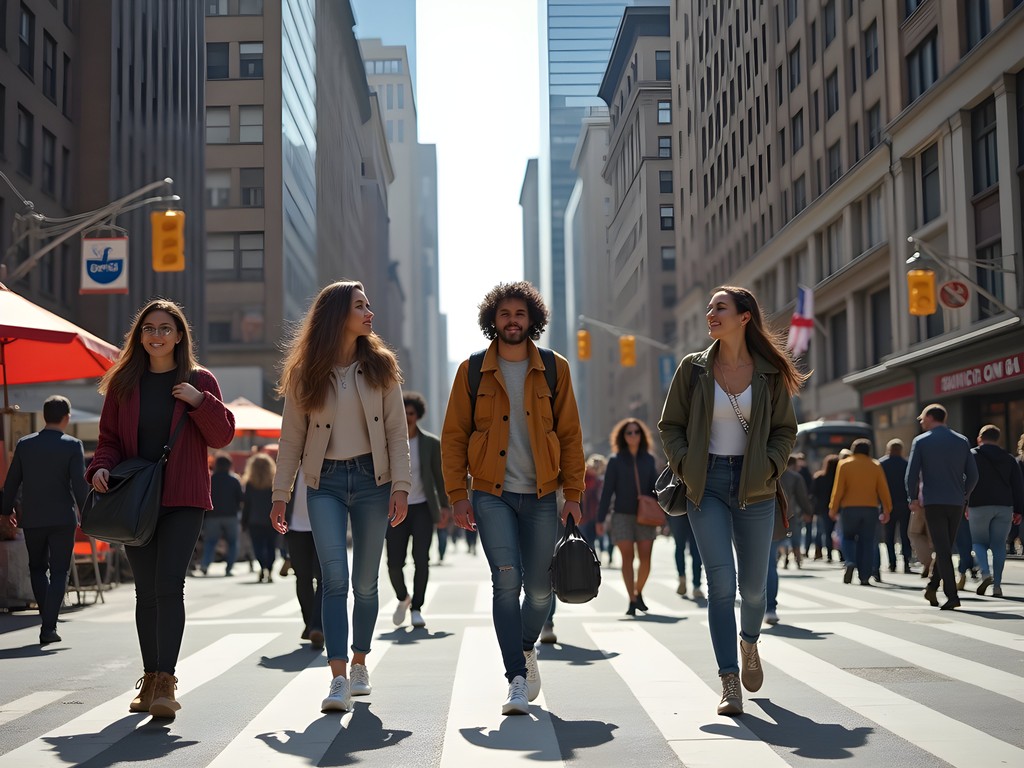
💡 Pro Tips
- Walk for trips under 10 blocks (approximately half a mile) to save fares
- Share an unlimited weekly MetroCard with a friend if your schedules don't overlap (technically against the rules, but a common student practice)
- Use the MTA's fare calculator to determine the most economical card option for your specific trip
Final Thoughts
Mastering NYC's public transportation isn't just about saving money – it's about experiencing the city as a local. Each subway car is a moving cross-section of New York life, each bus route a unique vantage point on neighborhoods tourists rarely see. After fifteen years of visits, I still discover new transit tricks and hidden gems with every trip. Remember that getting lost is part of the adventure (I once ended up in Coney Island when aiming for Brooklyn Heights, but found an incredible Ukrainian bakery in the process). The subway might seem intimidating at first, but within a day, you'll be swiping your MetroCard like a born-and-raised New Yorker. So download those apps, grab your MetroCard, and dive into the most efficient, affordable, and authentically New York way to experience the greatest city in the world. Your student budget – and your sense of adventure – will thank you.
✨ Key Takeaways
- The 7-day unlimited MetroCard is usually the best value for visitors staying a weekend or longer
- Combine transportation modes (subway, bus, ferry, walking) for the most efficient and interesting journeys
- Transit apps with real-time updates are essential for navigating service changes
- Walking is often faster than the subway for short Manhattan distances
📋 Practical Information
Best Time to Visit
year-round (avoid rush hours: 8-9:30 AM and 5-6:30 PM)
Budget Estimate
$33 for 7-day unlimited MetroCard, $2.75 per single ride
Recommended Duration
weekend to fully understand the system
Difficulty Level
Beginner (With Proper Preparation)

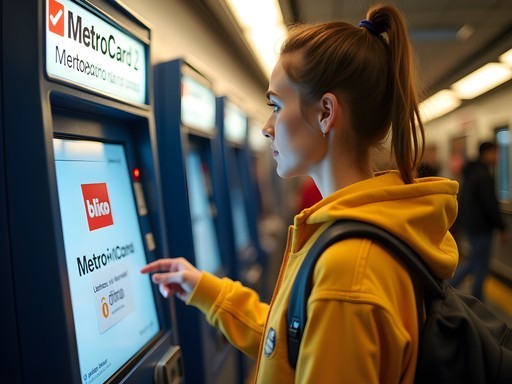
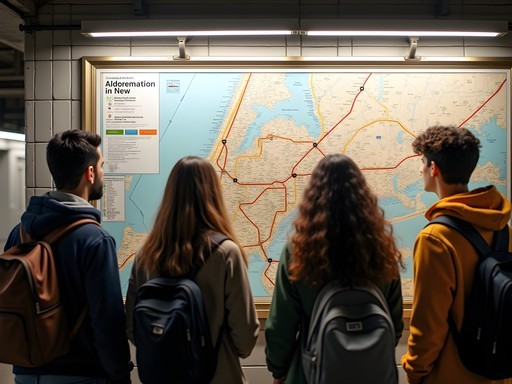


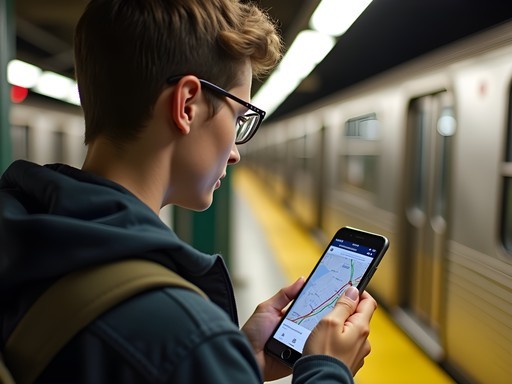
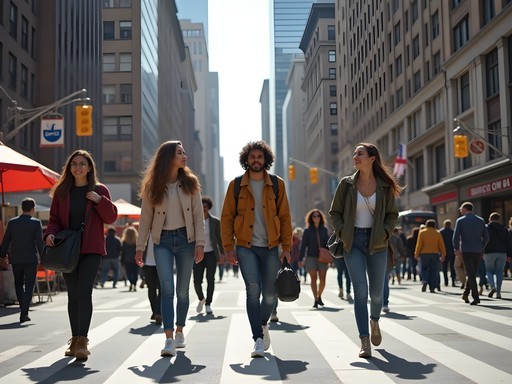





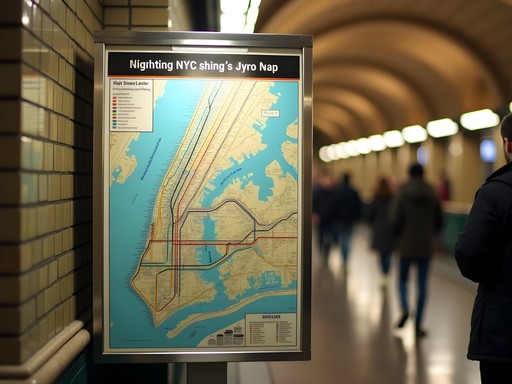




Comments
FirstTimerNYC
Is it safe to take the subway at night? Planning a trip in December and worried about late returns to our hotel in Queens.
NYCLocalGal
Generally safe! Just stay aware of your surroundings, stick to busier cars (usually middle ones), and you'll be fine. I take it late all the time.
Kimberly Murphy
Agree with NYCLocalGal. The subway runs 24/7 and many people use it at night. Just use common sense - stay alert, keep valuables secure. The 7 train to Queens is usually busy even late because it serves so many neighborhoods.
SoloTrekker
This guide saved me during my trip last week! The tip about using the MTA app for real-time updates was a lifesaver when the 6 train had delays. One thing I'd add - if you're staying for more than a few days, consider getting the OMNY contactless payment set up on your phone. I just tapped my phone at turnstiles and it automatically gave me the weekly rate once I hit enough rides. So much easier than dealing with a physical card!
vacationqueen
Oh that sounds way easier! Does OMNY work with any credit card or do you need a special app?
SoloTrekker
Works with any contactless card or phone wallet (Apple Pay/Google Pay)! Just add your card to your phone and tap. Super convenient!
TravelDad42
Just got back from NYC and wish I'd read this before going! The express vs local trains confused us for days!
Kimberly Murphy
Brilliant post, Natalie! Your subway etiquette section is spot-on. I'd add one more tip for visitors: when taking the subway during rush hour, remove your backpack and hold it by your feet. Makes SUCH a difference in crowded cars! My first time on the L train during morning rush nearly crushed me, but now I navigate it like a proper New Yorker. Also found the Staten Island Ferry tip genius - absolutely the best free view of the Statue of Liberty and Manhattan skyline. Did that sunset journey three times on my last visit!
NYCLocalGal
YES to the backpack thing! Nothing worse than getting whacked in the face when someone turns around without realizing how much space their bag takes up. 😂
Kimberly Murphy
Haha, exactly! I learned that lesson the hard way after accidentally hitting a very tall businessman. Mortifying!
vacationqueen
Just booked my first trip to NYC for January! How long does a MetroCard last? Do I need to buy a new one every day?
Kimberly Murphy
I was just there last month! The pay-per-ride MetroCard is good for a year after purchase. Much better value than buying single rides. You can load it with any amount and share it with friends too!
vacationqueen
Thanks Kimberly! That's super helpful. Do you think the 7-day unlimited pass is worth it for a 5-day trip?
Kimberly Murphy
If you're taking 3+ rides per day (which is likely in NYC!), the 7-day unlimited is definitely worth it. I always grab one along with my pocket subway map which has saved me countless times when my phone died!
Mason Sullivan
This guide takes me back to my first NYC visit when I got on an express train thinking it was local and ended up in the Bronx! 😂 One tip I'd add about the ferries - the Staten Island Ferry is completely FREE and gives you amazing views of the Statue of Liberty. Perfect for budget travelers who don't want to pay for the official Liberty tours. Also, if you're staying for more than a week, look into the OMNY payment system rather than MetroCards - it caps your weekly spending automatically when you tap with the same card or device.
Natalie Adams
Great point about OMNY, Mason! It's definitely the future of NYC transit payments. And yes, the Staten Island Ferry hack is one of my favorites too!
Adam Nichols
Fantastic breakdown of the NYC transit system, Natalie! Having lived in NYC for a year during a work assignment, I'd emphasize the importance of subway etiquette you mentioned. One thing that helped me blend in: stand to the right on escalators to let locals hurry past on the left. Also, a time-saving hack: memorize the subway car that aligns with your exit at your regular stations. Saved me countless minutes navigating through crowds. For anyone intimidated by the system, remember it gets intuitive surprisingly quickly!
vacationmaster
Great post! Don't forget about the Roosevelt Island Tram - technically part of the MTA system and included with your MetroCard. Amazing views of Manhattan for the price of a subway ride!
exploregal
Ooh, I hadn't heard about this! Adding to my list, thanks!
coffeepro
This brought back memories of my first NYC trip! I was so intimidated by the subway system but ended up loving it. One thing I wish I'd known: always check the weekend service changes! I got stranded in Brooklyn because I didn't realize my line wasn't running. Also, I found my CityMapper app was more reliable than Google Maps for real-time subway updates.
coffeeace
Is it safe to take the subway late at night? I've heard mixed things.
Mason Sullivan
I've taken the NYC subway at all hours and generally felt safe, but common sense applies. Stick to busier stations late at night, stay alert, and maybe use ride-sharing after midnight if you're heading to less central areas. The main lines are usually fine though!
Natalie Adams
Great advice from Mason! I'd add that if you're concerned, try to ride in the conductor's car (usually the middle of the train) late at night. And always trust your instincts.
Venture X
Premium card with 2X miles, $300 travel credit, Priority Pass